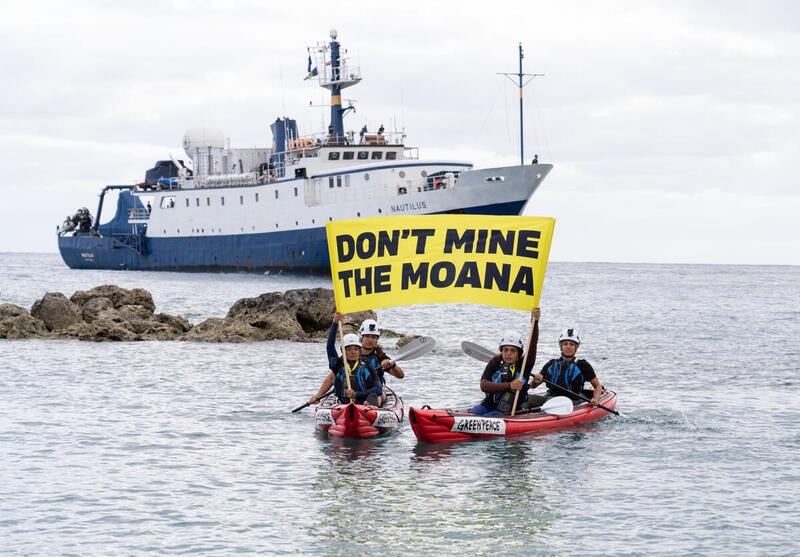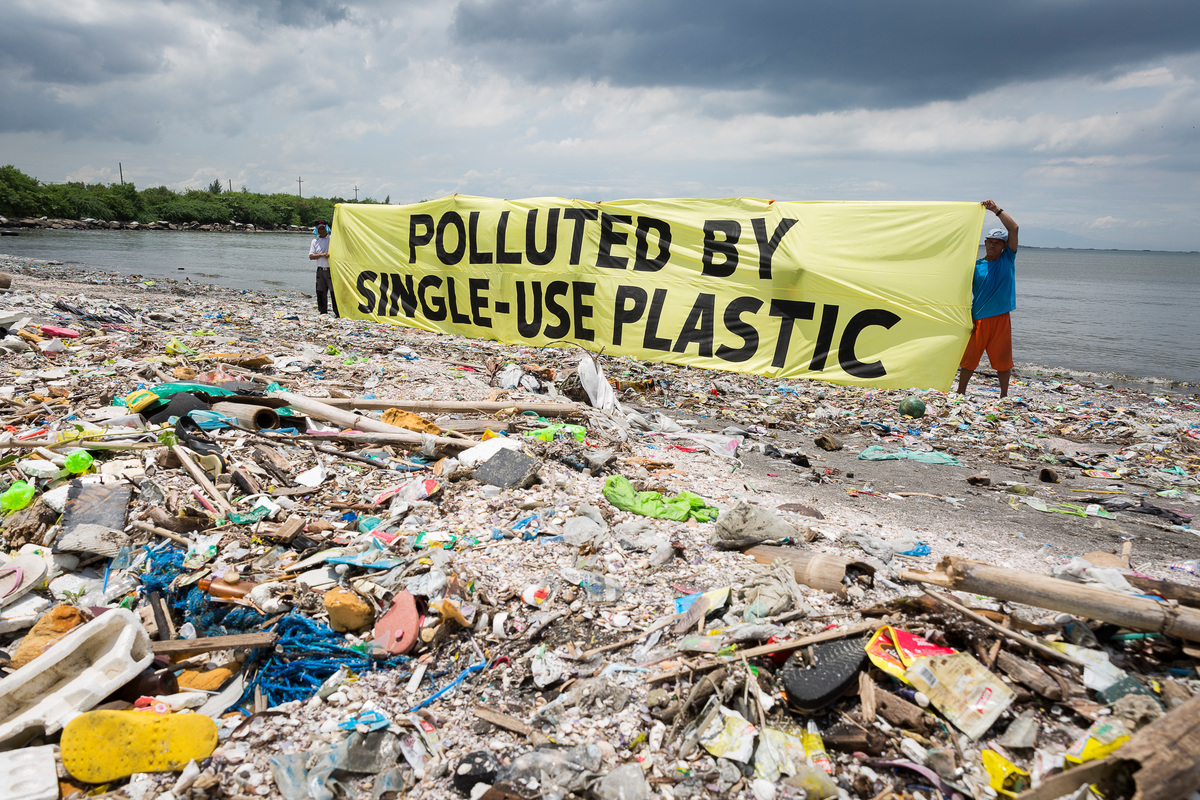We arrive in the Marlborough Sounds early morning. After a quick all crew briefing, the different teams get to work to prepare the main order of the day – “wet testing” the equipment. Which means putting the cameras in the water and through their paces.
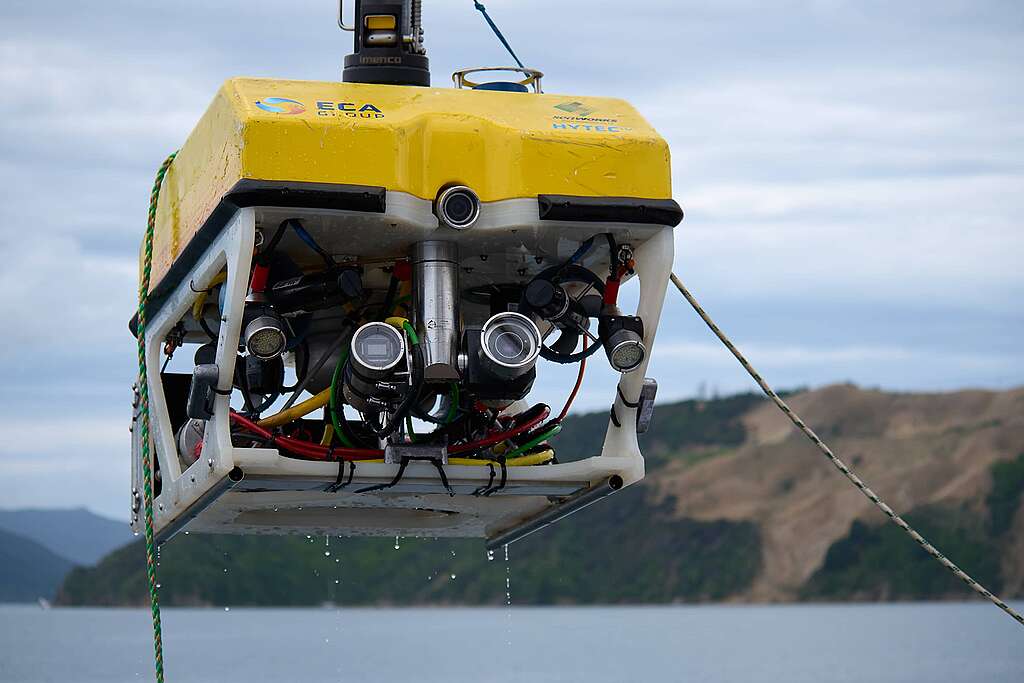
Around 1100, the ROV – nicknamed ‘Gerty’ by our Lead Researcher Kat Goddard – is prepped and deployed from the deck and into 30m water.
Check out the time lapse of ‘Gerty’ being put into the water:
The live feed works and we’re able to see life on the seabed, but there are issues retrieving the ROV. The ROV is back on deck around 1300, and more adaptations are needed before we can risk it at depth.
Day 6: Final adjustments
Crew and technicians spend all day on deck with local contractors, fixing and adapting pieces of equipment for the survey. The campaign and science team review the sites we are planning to visit against the current weather prediction.
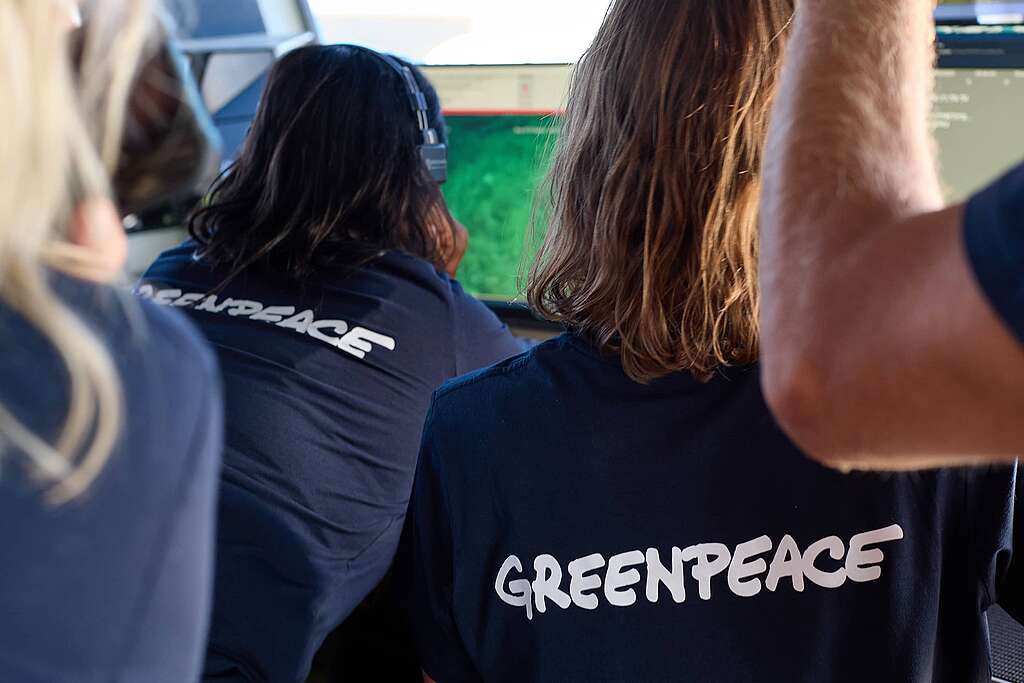
It’s agreed we will begin the 36 hour transit out to the High Seas of South Pacific at 1900 hours.
Last minute software, hardware and essential items are sorted in Nelson, and then we depart heading for the High Seas.
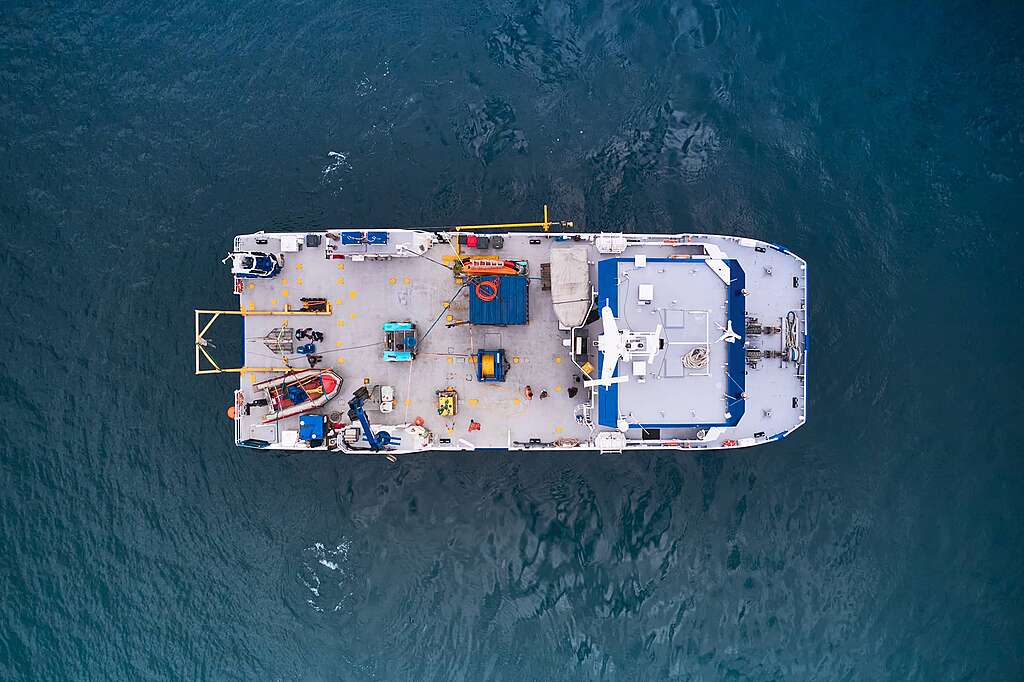
We embarked on an exciting journey to uncover the secrets of the deep. Find out more here and see what’s at stake!
Follow along


